The dream of interplanetary colonization is no longer confined to science fiction. As SpaceX and NASA accelerate their Mars missions, a pressing cultural question emerges: how would human fashion systems evolve on the Red Planet? Unlike Earth's fashion industry that developed organically over millennia, Martian style would face immediate environmental constraints and radical social reorganization.
The Gravity of the Situation
Mars' gravitational pull measures just 38% of Earth's, fundamentally altering how fabrics drape and bodies move. Traditional tailoring techniques would become obsolete overnight. Designers would need to create garments that maintain structural integrity in low gravity while allowing for greater range of motion. Imagine voluminous, architectural silhouettes that float elegantly during movement but can be secured during work operations. Magnetic closures and adjustable tensioning systems might replace zippers and buttons that could become hazards in pressurized environments.
Spacesuits would inevitably become the first Martian haute couture. Unlike Earth's purely functional EVA suits, Martian versions would likely incorporate personal expression through customizable panels, illuminated elements, and modular attachments. These survival garments could evolve into status symbols, with different colonies or factions developing distinctive visual languages through suit modifications.
Material Revolution
Earth's textile industry relies on vast agricultural systems impossible to replicate on Mars initially. Cotton fields and silkworms won't feature in biodomes. Instead, fashion would depend on advanced material science: lab-grown spider silk, recycled polymers from spacecraft components, and fungal-based leather alternatives. The scarcity of traditional materials would make "upcycling" not just trendy but essential for survival.
Color palettes would shift dramatically. With Mars' rusty landscape and limited atmospheric filtering of solar radiation, high-visibility colors might dominate for safety reasons. However, the human psyche's need for visual variety could lead to vibrant, luminescent fabrics that counteract the planet's monotonous terrain. Bioengineered pigments that change color based on temperature or air composition could become the new couture innovation.
Cultural Metamorphosis
Fashion always reflects social structures, and Martian colonies would develop entirely new hierarchies. The traditional fashion capitals of Paris, Milan, and New York would lose their gravitational pull (literally and figuratively). Instead, we might see "crater couture" emerging from major settlements like Olympus Mons City or Valles Marineris Station.
Without Earth's seasonal cycles, the fashion calendar would require complete reinvention. Mars' longer year (687 Earth days) and different axial tilt would create unfamiliar seasonal patterns. Designers might create collections synchronized with dust storm seasons or based on Earth-Mars communication windows when new trends could be transmitted between planets.
The Psychology of Dressing Differently
Isolation from Earth would profoundly impact colonists' psychology, and fashion would become a crucial tool for maintaining mental health. In confined habitats without natural landscapes, clothing might incorporate virtual reality elements or changeable textures to provide sensory stimulation. Weighted garments could offer comfort by simulating Earth's gravity during sleep periods.
Uniformity might dominate initially for practical reasons, but as colonies stabilize, personal expression through fashion would become vital for individual identity. However, this self-expression would need to balance against the collective survival mentality of early settlements. We might see highly regulated "expression zones" where colonists can showcase flamboyant looks before returning to functional attire for work.
Economic Models Turned Upside Down
Mars' economy would necessarily prioritize functionality over frivolity, at least initially. The traditional fashion industry's model of constant consumption would be unsustainable when every gram of cargo costs thousands to transport from Earth. Instead, we'd likely see sophisticated garment leasing systems, where colonists "subscribe" to clothing items that are regularly maintained, upgraded, and recycled by colony systems.
Digital fashion could flourish in augmented reality systems, allowing colonists to project elaborate virtual outfits over their practical base layers. This would satisfy the human desire for variety without physical resource expenditure. NFT-like systems might emerge for trading exclusive digital fashion designs among colonists.
The Return of Craftsmanship
With limited manufacturing capabilities early on, Martian fashion would likely see a resurgence of handmade techniques. However, these wouldn't resemble Earth's artisanal traditions. Instead, we'd see innovation in 3D-printed wearables, bio-assembled materials, and suit modifications performed in makerspaces rather than ateliers. The most valued skills might involve spacesuit customization or emergency garment repair.
As colonies develop, distinct Martian aesthetics would emerge, blending the practical needs of off-world living with cultural influences from the diverse Earth nations represented among colonists. Over generations, these would crystallize into truly alien (yet recognizably human) fashion systems that future Earthlings might view as bizarre or revolutionary.
Interplanetary Fashion Exchange
Even with communication delays, Mars and Earth would influence each other's styles. Martian innovations in practical clothing might cycle back to Earth as avant-garde fashion, while Earth's trends would reach Mars years later as nostalgic retro styles. The time lag could create fascinating cultural feedback loops, with each planet interpreting the other's outdated trends through their current lens.
Luxury fashion might take on new meanings. On Mars, items made from authentic Earth materials (real cotton, silk, or wool) could become ultra-prestigious relics. Conversely, Earth's elite might covet garments actually manufactured on Mars as the ultimate status symbols, creating an interplanetary luxury exchange.
The colonization of Mars wouldn't just extend human civilization to another planet - it would force the complete reinvention of one of our most fundamental forms of expression. Martian fashion would become the ultimate fusion of survival necessity and cultural innovation, potentially influencing Earth's styles more than we can imagine. After all, the first interplanetary fashion revolution won't be televised - it'll be livestreamed across 140 million miles of space.
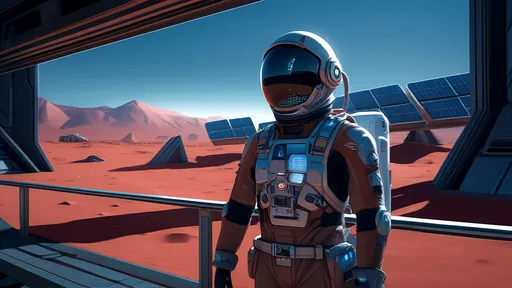
By /Jul 24, 2025

By /Jul 24, 2025
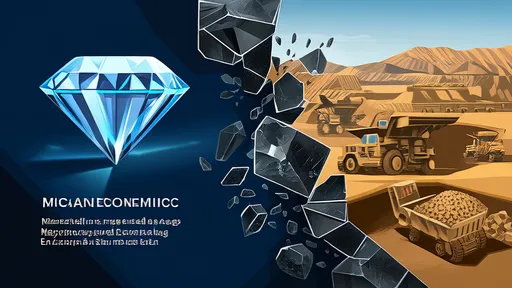
By /Jul 24, 2025

By /Jul 24, 2025

By /Jul 24, 2025

By /Jul 24, 2025

By /Jul 24, 2025
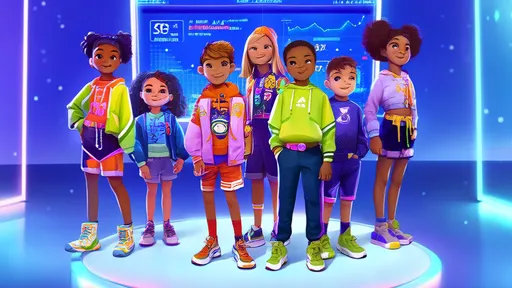
By /Jul 24, 2025

By /Jul 24, 2025

By /Jul 24, 2025
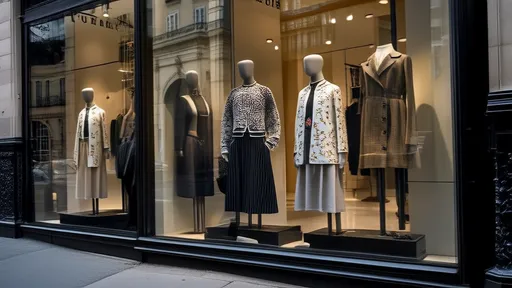
By /Jul 24, 2025
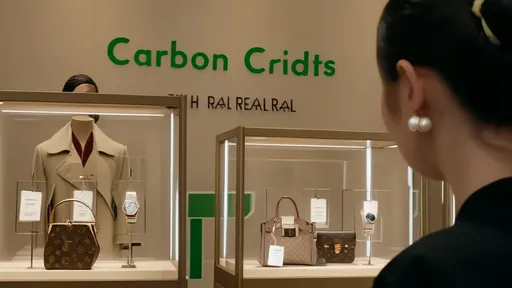
By /Jul 24, 2025

By /Jul 24, 2025

By /Jul 24, 2025
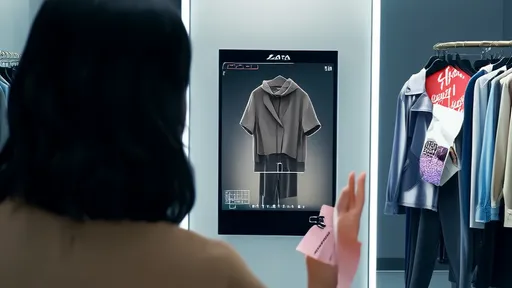
By /Jul 24, 2025

By /Jul 24, 2025

By /Jul 24, 2025

By /Jul 24, 2025